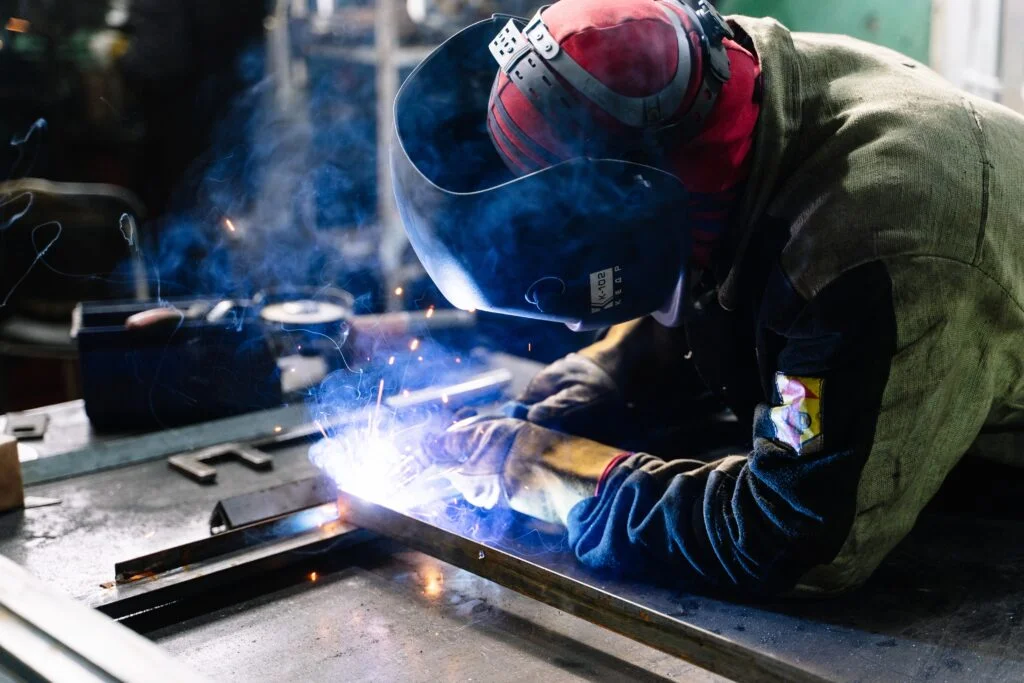
The Resilience and Guaranteed Growth of Steel Works in the Philippines
Steel, as a versatile and indispensable material, plays a crucial role in the development of any nation’s infrastructure and economy. In the Philippines, the steel industry has witnessed remarkable growth and resilience over the years, contributing to the country’s progress in various sectors.
This article explores the history, current state, challenges, and future prospects of the steel works in the Philippines.
Historical Background:
The history of steel production in the Philippines dates back to the early 1950s when the government recognized the importance of developing a domestic steel industry to support the nation’s rapid industrialization. The establishment of the National Steel Corporation (NSC) in 1962 marked a significant milestone in the country’s steel manufacturing sector. NSC became the flagship steel producer and contributed significantly to the country’s economic growth for several decades.
Growth and Development:
Over the years, the steel industry in the Philippines has witnessed consistent growth and development. The demand for steel products has been driven by the expansion of the construction, manufacturing, automotive, and infrastructure sectors. The construction boom in the country, fueled by rapid urbanization and increased investment in real estate, has been a major catalyst for the steel industry’s growth.
In recent years, the Philippines has seen a surge in infrastructure projects under the government’s “Build, Build, Build” program. This initiative has led to a substantial increase in demand for steel products, including rebar, structural steel, and other construction materials. Local steel manufacturers and importers have been working diligently to meet this growing demand, resulting in a thriving steel works sector.
Key Players and Facilities:
The steel industry in the Philippines is supported by both local and foreign players. Aside from the National Steel Corporation, other major steel manufacturers and importers include SteelAsia, Philsteel Holdings Corporation, and TKC Metals Corporation. These companies operate state-of-the-art steel plants and facilities strategically located across the country to ensure efficient production and distribution.
SteelAsia, for instance, is the largest steel producer in the Philippines, with multiple plants located in Luzon, Visayas, and Mindanao. Its facilities are equipped with advanced technology and adhere to international quality standards, enabling the company to produce a wide range of steel products for various industries.
Challenges Faced:
Despite the growth and success, the steel industry in the Philippines also faces certain challenges. One of the primary obstacles is the dependence on imported raw materials, particularly iron ore and coal. Limited domestic sources of these inputs increase the industry’s vulnerability to global market fluctuations, affecting the overall cost and competitiveness of locally produced steel.
Another significant challenge is the presence of counterfeit and substandard steel products in the market. These low-quality products not only pose safety risks but also undermine the reputation of legitimate steel manufacturers. The government has taken steps to address this issue by implementing stricter regulations and conducting regular inspections.
Future Prospects and Opportunities:
The steel industry in the Philippines holds promising prospects for the future. The government’s continued focus on infrastructure development, industrialization, and economic growth will sustain the demand for steel products. Moreover, the industry is exploring opportunities in renewable energy projects, shipbuilding, and the automotive sector, which can further stimulate growth.
To address the challenges of raw material dependence, there are initiatives to develop local sources of iron ore and coal. This move aims to enhance the industry’s self-sufficiency and reduce reliance on imports, making the domestic steel production more competitive.
Conclusion:
The steel works in the Philippines have undergone significant growth and development, contributing to the nation’s progress in various sectors. Despite challenges related to raw material dependence and the presence of counterfeit products, the industry remains resilient and holds promising prospects for the future. With continued government support, technological advancements, and a focus on quality, the steel works in the Philippines can further strengthen their position as a key player in the regional and global steel market.
To ensure the sustainable growth of the steel industry, it is crucial for the government and stakeholders to collaborate on several fronts. First and foremost, there should be a continued emphasis on infrastructure development. The government’s commitment to the “Build, Build, Build” program and the implementation of other infrastructure projects will sustain the demand for steel and provide a stable market for local manufacturers.
Investments in research and development (R&D) and technological advancements are also vital. By embracing innovative processes and technologies, such as automation, robotics, and data analytics, steel manufacturers in the Philippines can improve efficiency, productivity, and product quality. R&D efforts should also focus on developing alternative materials and improving energy efficiency to reduce the environmental impact of steel production.
Furthermore, it is essential to strengthen partnerships between the industry and educational institutions. By collaborating with universities and technical schools, the steel sector can ensure a skilled workforce equipped with the necessary knowledge and expertise. Training programs and apprenticeships should be established to nurture young talents and provide them with practical experience in steel manufacturing.
In terms of market expansion, the Philippines has the potential to become a regional hub for steel production and distribution. With its strategic location in Southeast Asia and its growing economy, the country can attract more foreign direct investments in the steel industry. This would bring in new technologies, capital, and expertise while fostering technology transfer and knowledge-sharing.
In conclusion, the steel works in the Philippines have demonstrated remarkable growth and resilience over the years. The industry’s contribution to infrastructure development, job creation, and economic growth is undeniable. By addressing challenges related to raw material dependence, ensuring product quality, and embracing technological advancements, the steel industry in the Philippines can continue to thrive. With sustained government support, strategic partnerships, and a focus on innovation, the future of steel works in the Philippines looks promising, both domestically and internationally.
To see other material construction, please see here.
To know other construction guides, tips and methodology for beginners, veterans and contractors, please see here.